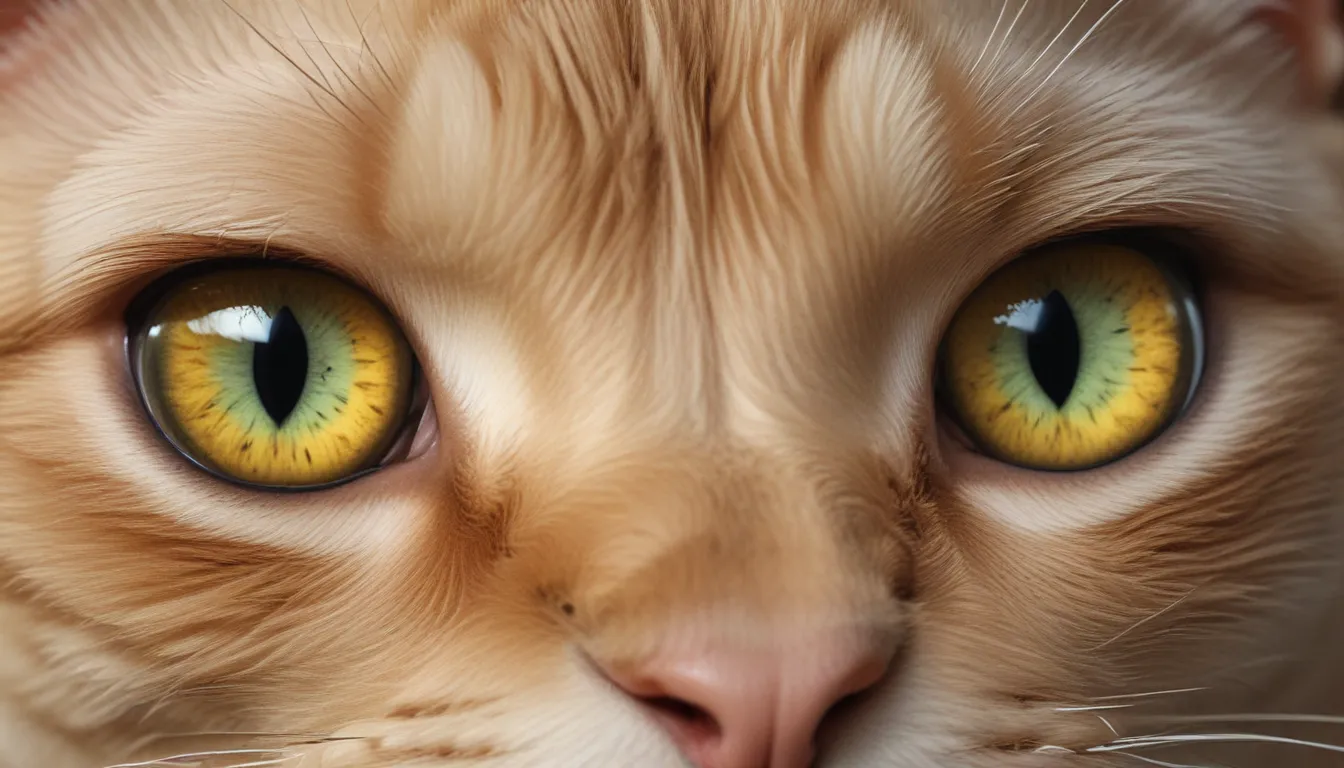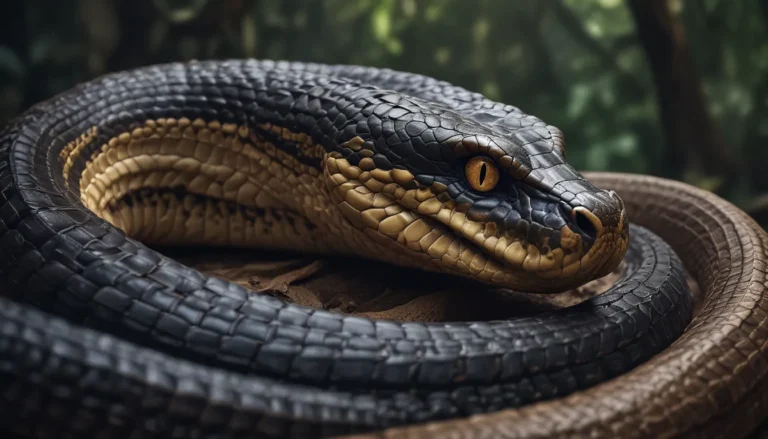The pictures we use in our articles might not show exactly what the words say. We choose these pictures to make you interested in reading more. The pictures work together with the words but don’t take their place. The words still tell you the important facts.
Introduction:
Have you ever found yourself captivated by the mysterious glow of a cat's eyes in the dark? These feline peepers are not just aesthetically pleasing; they are marvels of nature designed for function and beauty. In this article, we will delve into the intriguing world of cat's eyes and uncover 17 astonishing facts that will leave you in awe of these enigmatic creatures. From their unique eye structure to their exceptional night vision capabilities, there's so much to learn about what makes cat's eyes so extraordinary. Let's embark on a journey of discovery and explore the wonders behind those mesmerizing gazes.
The Marvel of Cat’s Eyes
Cat's eyes are not just captivating; they also play a crucial role in the survival and hunting abilities of these nocturnal creatures. The unique structure of their eyes allows them to see in low light conditions, giving them an edge when prowling the night for prey. The tapetum lucidum, a reflective layer behind their retinas, acts as a mirror-like membrane that reflects light back through the retina, amplifying their night vision significantly.
Decoding the Mechanism of Cat’s Eyes
- Reflective Layer: The tapetum lucidum is a mirror-like membrane that reflects light passing through the retina back into the eye, providing cats with enhanced night vision.
- Pupil Adjustment: Cats have the remarkable ability to adjust the size of their pupils, from narrow slits in bright light to wide circles in dim conditions, maximizing light entry.
- High Rod Density: Cats have a higher density of rod cells in their retinas, which are more sensitive to light than cone cells, aiding in superior night vision capabilities.
The Unique Features of Cat’s Eyes
- Color Perception: Contrary to popular belief, cats can perceive colors, especially in the blue and green spectrum, although not as vividly as humans.
- Peripheral Vision: Cats have a wider field of view, approximately 200 degrees, compared to humans' 180 degrees, allowing them to detect subtle movements with ease.
- Blinking Behavior: Cats blink less frequently than humans, a behavior that helps them maintain focus on their surroundings, be it prey or potential threats.
Unveiling the Purpose Behind Cat’s Mesmerizing Gaze
- Hunting Advantage: The exceptional night vision and wide field of view of cats give them a significant advantage when hunting in low light conditions, making them efficient predators.
- Communication Tool: Cats use their eyes for communication, with slow blinks often interpreted as a sign of trust and affection towards their human companions or other feline friends.
Tracing the Evolutionary Journey of Cat’s Eyes
- Survival Mechanism: The evolution of cat's eyes is intricately linked to their nocturnal hunting behavior, equipping them with the necessary tools to thrive in various environments.
- Impact of Domestication: Surprisingly, domestication has had minimal influence on the evolutionary development of cat's eyes, preserving the traits essential for survival in the wild.
Contrasting Cat’s Eyes with Human Eyes
- Night Vision Abilities: Cats outshine humans in low light conditions due to their specialized eye structures, such as the tapetum lucidum, which enhances their night vision.
- Color Perception: While humans have a superior color vision range, cats excel in night vision capabilities, highlighting the divergent evolutionary paths of our eyes.
- Field of View: Cats boast a wider field of view compared to humans, enabling them to detect movements more effectively, a valuable trait for survival in the wild.
Captivating Facts About Cat’s Eyes
- Radiant Glow: The eerie glowing effect observed in cat's eyes at night is a result of the tapetum lucidum reflecting light back directly, creating a captivating visual phenomenon.
- Age-Related Changes: As cats age, variations in eye color can occur due to changes in the density of the tapetum lucidum, affecting the intensity of the glow.
- Health Indicators: Alterations in a cat's eye appearance can serve as indicators of underlying health issues, underlining the importance of regular veterinary check-ups.
- Cultural Significance: Throughout history, cats and their mesmerizing eyes have been associated with mystical properties in various cultures, symbolizing protection and good fortune.
A Final Reflection on Feline Vision
Cats' eyes are not just windows to their souls but portals to a world that transcends our human perception. These exquisite orbs are finely tuned for precision and functionality, showcasing the remarkable evolution of feline vision. Whether it's their slit-shaped pupils, swift adjustments for focus, or the reflective layers that enhance their night vision, every aspect of a cat's eye is a testament to their prowess as nocturnal predators. So, the next time you lock eyes with a feline friend, remember that behind those enchanting gazes lies a universe designed for prowlers of the night and guardians of the twilight realm.
Remember, each fact shared with you has been meticulously reviewed by our dedicated editors to ensure accuracy and reliability. Trust in our commitment to providing you with engaging and informative content as you continue to explore the fascinating world of cats and their extraordinary eyes.






